·The history of screws/the role of screws
· Type of screw/appropriate tightening axial force of bolt/appropriate tightening torque
· Calculation of damage and strength of screws/How to use special screws
This special report covers the mechanical component "screws" that designers are most familiar with
Who invented the screw? Since when was it used? Summarize the history of screws, the calculation method of tensile load strength, and the use of special screws. Please be sure to use it as material for your own review, new employee training, and chatting with colleagues.
The history of screws
The inventor of the screw is Archimedes! ?
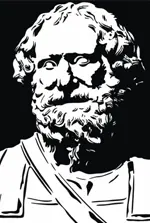
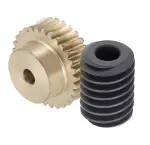
There is no accurate record of the inventor of screws.
However, the famous mathematician Archimedes (287-212 BC) in the ancient Greek era is more convincing.
Speaking of Archimedes, his famous story is that he used the difference in specific gravity (or buoyancy) between gold and silver to prove that the crown was not made of pure gold.
The water screw used for pumping water appears in documents of the 2nd century BC, and it is said that it was invented by the young Archimedes.
After that, he claimed in his paper that objects of any weight could be moved, and accepted the challenge from the king who just owned the crown to prove it, moving a 75-ton ship.
It is said that the use of worm screws is enough to prove that the inventor of screws is Archimedes.
In Japan, it is said that when the Portuguese drifted on Tanegashima in 1543, the matchlock gun was also passed on.
The tail bolt of the matchlock gun on the rear side of the gun uses internal screws and external screws, which are important mechanisms to prevent misfire or misfire.
There is also a theory that it is said that the iron cannon craftsman and knife maker Hachiban Kinbei even married his daughter Wakasa to a Portuguese and learned this method of making screws.
This shows how precious screws are.
Reference: "The Screw and the Screwdriver", written by Witold Rybkinsky, translated by Akiko Kasugai, Hayakawa Shobo
The role of screws
Screws have three major functions. Be sure to remember.
① Connect/combine
-Fixation (example: screws)
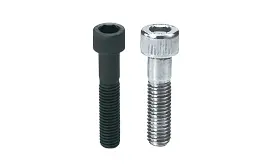
-Connection (example: connector)

② Measurement
-Measuring length (example: micrometer)
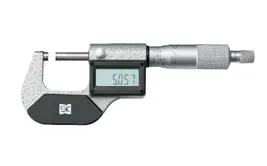
③ Communicate
-Rotational motion → linear motion Linear motion → rotary motion (eg: ball screw, reciprocating cylinder)
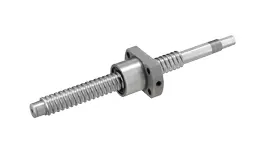







 WhatsApp: +8615857777578
WhatsApp: +8615857777578